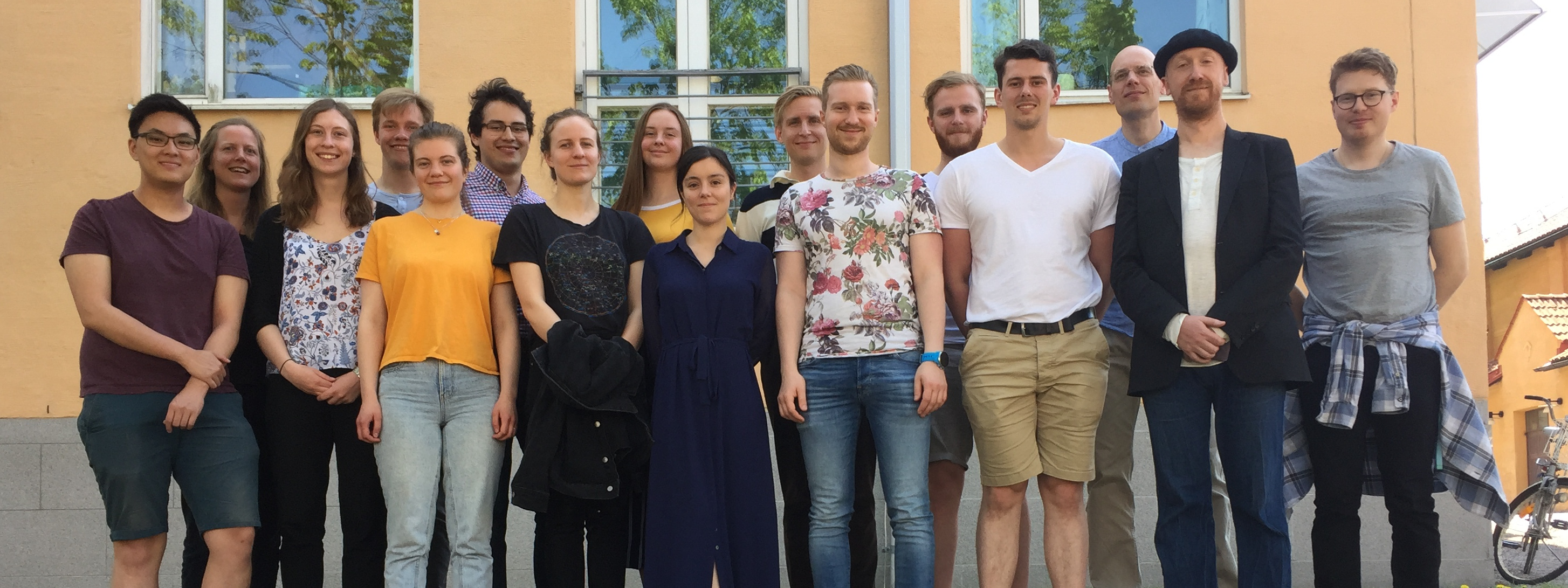A central part of our digital twins, which underlies all apps in the STRATIF-AI project, are the models we have for the brain. So far these models have mostly focused on the neurovascular coupling (NVC). i.e. on the vascular response to neuronal activity. In our latest Ph.D. thesis “Mathematical Modelling of Cerebral Metabolism: From Ion Channels to Metabolic Fluxes”, which was defended by Dr Nicolas Sundqvist last Friday, we have taken these models to a higher level: to also include more detailed cerebral metabolism.
In the first paper, we use MRS data from humans to develop a small model for central metabolism, which is linked to our NVC models. In the second paper, we focus on cell-specific contributions, and show that inter-neurons might be the most dominant cell type in the NVC response; this puts much of the existing fMRI data into question. In the third paper, we present a detailed model for the most metabolically expensive process in neurons: the ion channels. Finally, in the fourth paper, we have developed a method for how to develop even more detailed intracellular flux models, using 13C-labelled media and a new approach to validation of intracellular flux models.
Opponent was Dr João Duarte from Lund, and the examination committee consisted of Jeanette Hellgren Kotaleski (KTH), Arvind Kumar (KTH), and Katarina Nöh (Jülich Forschungscentrum).
Congratulations PhD Nicolas Sundqvist!


